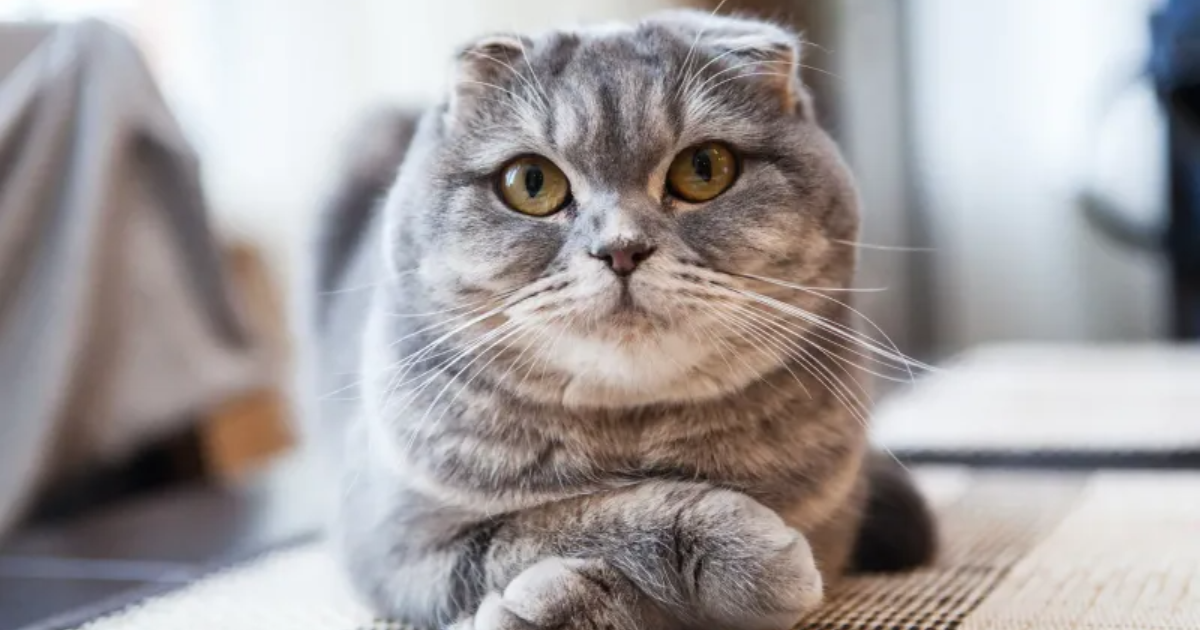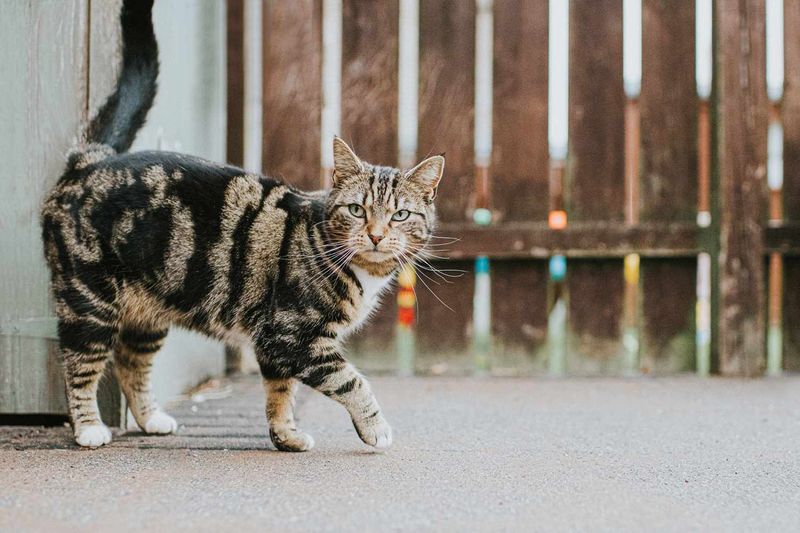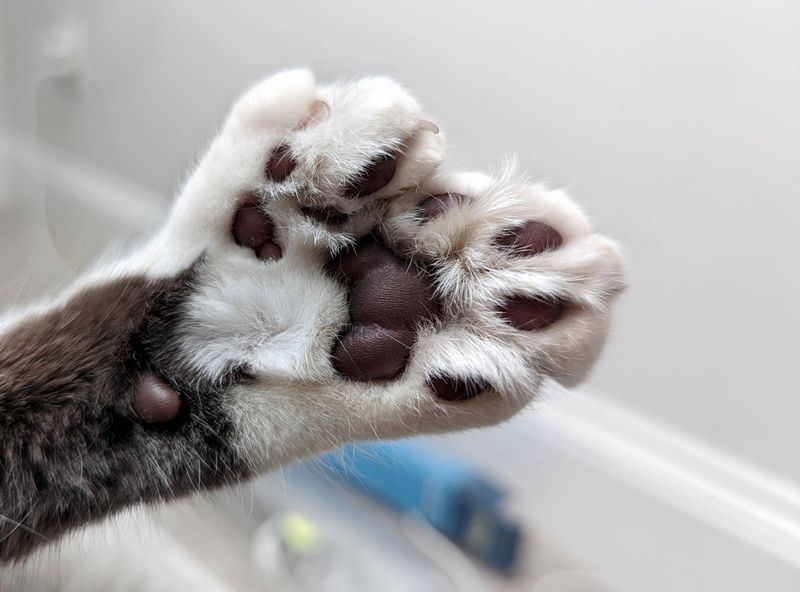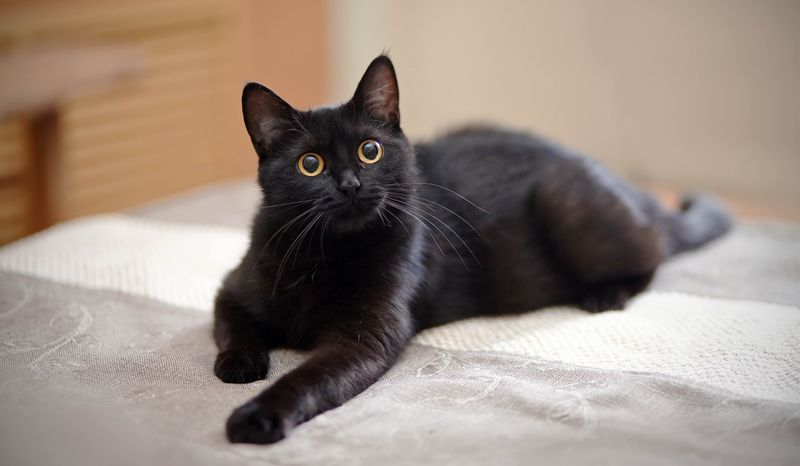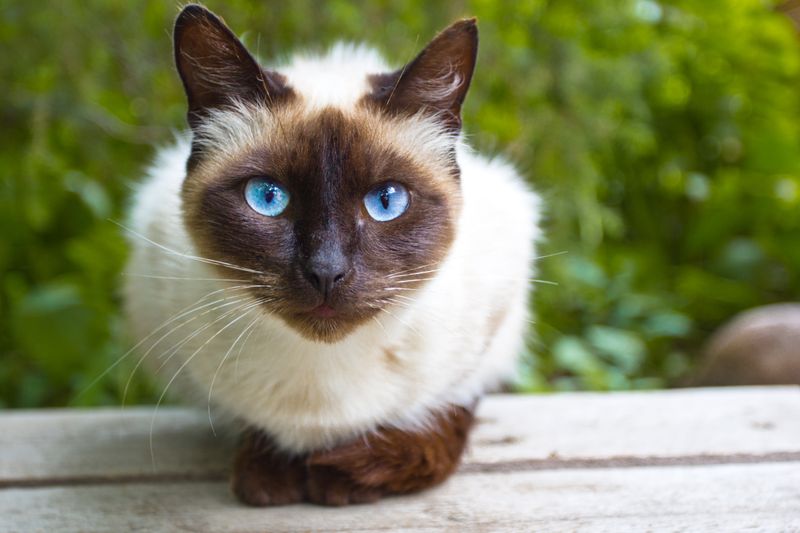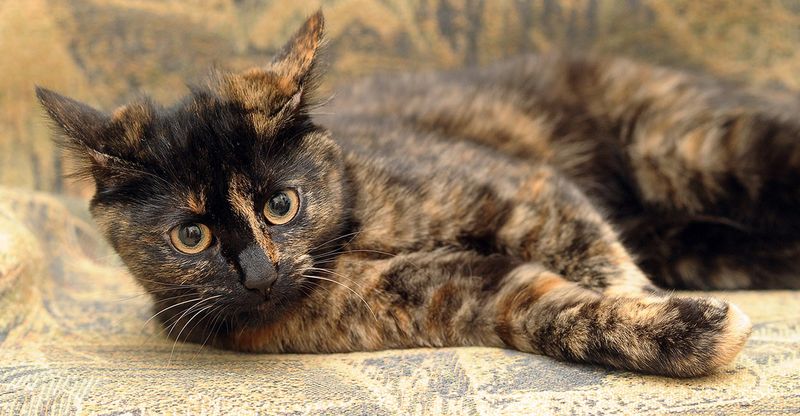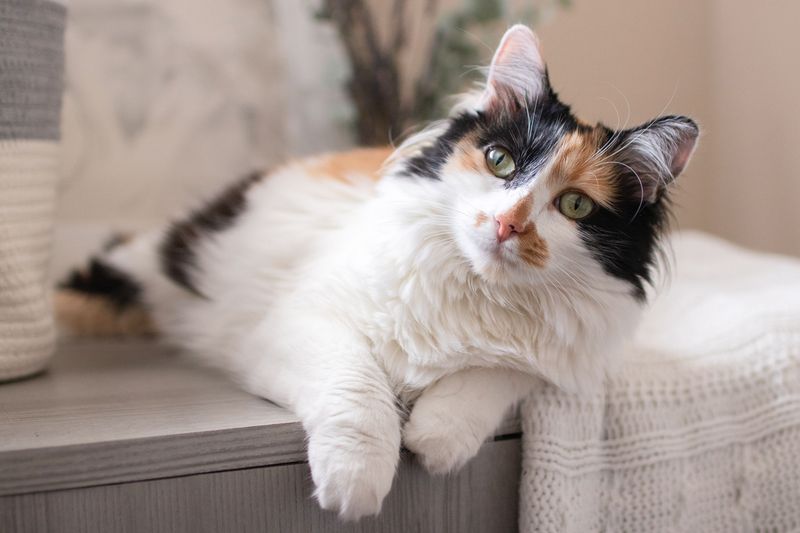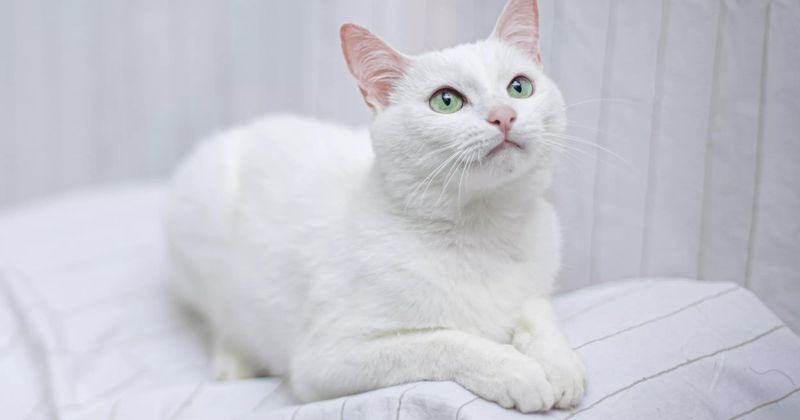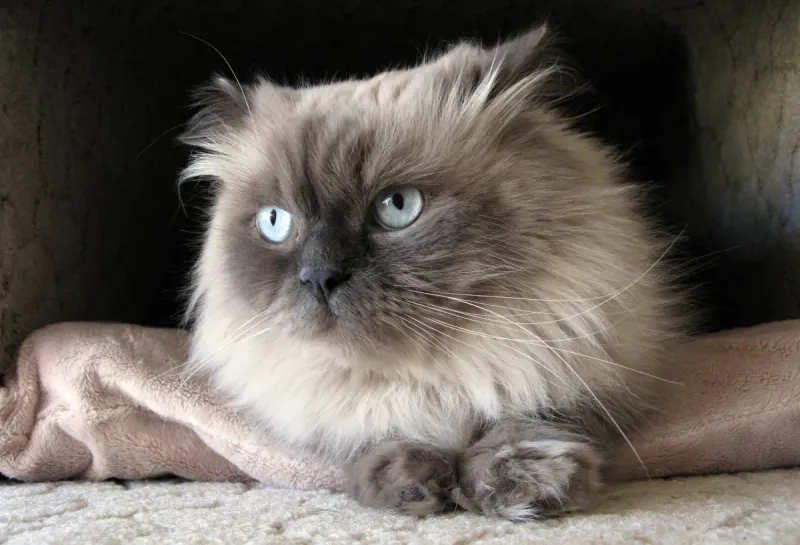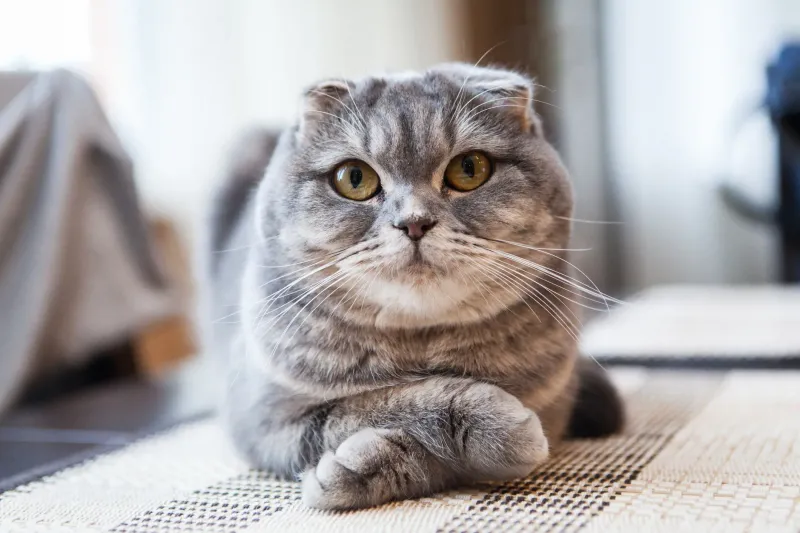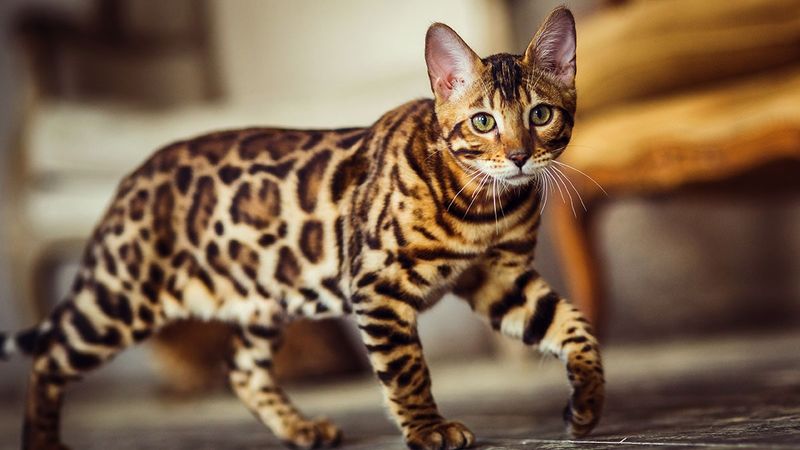📖 Table of Content:
Cats are fascinating creatures, and their genetics reveal a treasure trove of surprises. In this blog post, we’ll explore ten intriguing facts about cat genetics that you might not know.
From their unique fur patterns to their mysterious behaviors, each fact unveils a little more about what makes our feline friends so special.
Whether you’re a cat lover or a genetics enthusiast, you’ll find these insights both educational and entertaining. Let’s dive into the world of cat genetics and discover what makes our furry companions truly unique.
1. The Tabby Gene
The tabby pattern is a classic in the feline world, but did you know it’s all about genetics? This pattern, characterized by its streaks and swirls, is actually controlled by the agouti gene.
In fact, most domestic cats carry the tabby gene, even if it’s not visible. It acts as a sort of genetic blueprint for various coat patterns. In ancient times, this gene was crucial for survival, providing camouflage in the wild.
Even today, it influences the appearance of different breeds. Some cats may carry a recessive tabby gene, meaning it doesn’t show unless both parents contribute. This genetic mystery not only adds beauty but also a bit of history to our cats’ appearance.
Whether you’re looking at a classic mackerel tabby or a blotched variant, it’s a testament to the hidden complexities in feline genetics.
2. Polydactyl Cats
Polydactyl cats, or cats with extra toes, are an intriguing genetic phenomenon. This trait is caused by a genetic mutation that results in cats having more than the usual number of toes on one or more paws.
Often referred to as “Hemingway cats,” due to the famous author’s fondness for them, these cats are particularly common in certain regions. The mutation is generally harmless and sometimes thought to give cats better balance.
It’s an autosomal dominant trait, meaning only one parent needs to carry the gene for the kittens to inherit it. Polydactylism doesn’t affect a cat’s health, and many owners find the extra toes endearing.
These unique felines often become beloved family pets, celebrated for their unusual and charming paws. A little touch of genetic diversity makes them all the more special.
3. The Black Cat’s Mystery
Black cats have long been associated with mystery and superstition, but their genetics hold a different tale. The black fur comes from a dominant allele, which masks other colors. Interestingly, black cats can display a range of shades and even patterns under certain lighting conditions.
This genetic trait, known as “rusting,” occurs when the sun bleaches the fur, revealing underlying colors. The color black in cats is also linked to a higher resistance to disease. Studies suggest that the same gene responsible for their fur may also provide some health benefits.
Despite their mysterious reputation, black cats are just as loving and playful as any other feline. Embracing a black cat means welcoming a unique blend of genetics and charm, proving that there’s more to their midnight black coats than meets the eye.
4. Siamese Cat’s Blue Eyes
The striking blue eyes of Siamese cats are a result of their unique genetics. This breed carries a genetic mutation in the enzyme tyrosinase, which affects the production of melanin. Melanin is responsible for the color in the eyes and fur.
The mutation causes a form of partial albinism, which is why their eyes are blue and their bodies are lighter in color with darker points on the ears, face, paws, and tail.
This partial albinism also means that Siamese cats are more sensitive to sunlight. Their distinctive appearance is not only a hallmark of the breed but also a fascinating example of how genetics can shape a cat’s appearance.
For those who appreciate both beauty and science, the Siamese cat’s captivating blue eyes offer a perfect blend of both.
5. Tortoiseshell Cats and Gender
Tortoiseshell cats are almost exclusively female, and the reason lies in their genetics. The coat pattern is a blend of black and orange fur, resulting from a genetic phenomenon related to the X chromosome.
Since females have two X chromosomes, they can express both black and orange fur. In rare cases, a male tortoiseshell cat may appear due to having an extra X chromosome, resulting in a condition similar to Klinefelter syndrome in humans.
This genetic setup creates the beautiful mosaic-like appearance these cats are known for. The existence of male tortoiseshell cats is a rarity, often leading to them being sterile. Whether female or exceedingly rare male, tortoiseshell cats carry a genetic story as colorful as their coats.
Their unique appearance makes them a favorite among cat enthusiasts.
6. Calico Cats and Luck
Calico cats, much like tortoiseshells, boast a striking blend of colors that many believe brings luck. This belief is especially strong in some cultures. Genetically, calico cats are almost always female, thanks to the same mechanism that governs tortoiseshell cats: the X chromosome inactivation.
The calico pattern is created by a combination of orange, black, and white, with the white patches being influenced by a separate gene. When a male calico is born, it happens due to an extra X chromosome, similar to male tortoiseshell cats.
These males are extremely rare and usually sterile. In many ways, calico cats embody a genetic marvel and a fascinating example of nature’s creativity. Their colorful coats and the lore surrounding them make calicos an enchanting presence in any home.
7. The White Cat’s Deafness
White cats with blue eyes are often associated with a higher risk of deafness, and it’s all down to genetics. This peculiarity arises from a gene called W, which is responsible for the white coat. This gene can interfere with the development of the inner ear, leading to deafness.
Not all white cats are deaf, but the likelihood increases if they have blue eyes. Some white cats may have one blue and one non-blue eye, a condition known as heterochromia, which can also influence hearing.
Despite this genetic predisposition, many white cats lead perfectly normal lives, adapting to their environment with ease. For potential cat owners, understanding this genetic trait can help in providing the right care and attention.
Embracing a white cat means embracing a unique genetic combination that brings beauty and complexity.
8. The Colorpoint Mutation
The colorpoint pattern seen in breeds like the Himalayan and Siamese is a result of a fascinating genetic mutation. This mutation affects the enzyme tyrosinase, responsible for pigment production.
In these cats, tyrosinase is temperature-sensitive, leading to darker colors on the cooler parts of the body like the ears, face, paws, and tail. This unique genetic trait creates striking contrasts and makes these cats particularly appealing to fanciers.
The colorpoint mutation is not just a visual trait but also reflects how genetics can adapt to different environments. Owners of colorpoint cats often remark on their distinctive appearance and affectionate nature.
By understanding the genetic basis of these beautiful felines, cat lovers can appreciate the intricate dance of genes that results in their one-of-a-kind look.
9. Scottish Fold Ears
The Scottish Fold’s distinctive ear fold is more than just a charming trait; it’s a result of genetics. This unique feature is caused by a genetic mutation that affects the cartilage throughout the cat’s body, not just the ears.
The mutation is a dominant gene, meaning only one parent needs to pass it on for the cat to have folded ears. However, this genetic trait requires careful breeding to avoid health issues related to cartilage development.
Despite the potential challenges, Scottish Folds are beloved for their sweet nature and unique appearance. Their folded ears give them an owl-like look, adding to their appeal. Owners must be mindful of their health, but the joy of having such a distinctive pet often outweighs the concerns.
The Scottish Fold is a perfect example of how genetics can produce wonderfully unique traits.
10. The Bengal Cat’s Spots
Bengal cats are known for their strikingly wild appearance, particularly their leopard-like spots, which are a result of hybrid genetics. These spots come from crossbreeding domestic cats with Asian leopard cats.
The genetics behind their spots involve interactions between different color and pattern genes. Bengals are unique not only for their appearance but also for their playful and energetic nature. The spots are more than just a coat pattern; they are a connection to the wild ancestry of the breed.
Cat lovers are often drawn to Bengals for their exotic look and lively personality. Understanding the genetics behind their spots provides a glimpse into the breed’s hybrid origins and the intricate blending of traits.
Bengals offer a perfect blend of wild beauty and domestic charm, making them a fascinating addition to the world of cat breeds.
